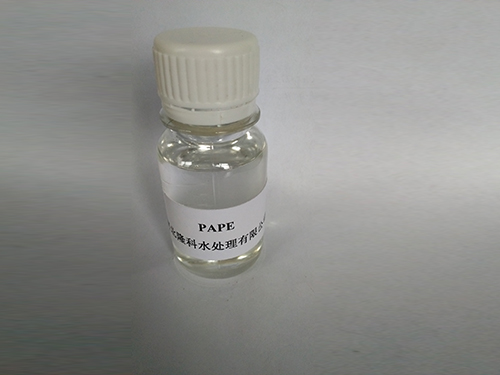Exploring the Benefits of PBTC Phosphonate in Modern Agricultural Practices
The Role of PBTC Phosphonate in Modern Chemical Applications
Phosphonates, particularly phosphonobutane tricarboxylic acid (PBTC), have emerged as significant compounds in various industrial applications due to their unique chemical properties and functionalities. PBTC is a phosphonate compound that contains multiple carboxyl groups, which enhances its chelating ability and makes it an excellent agent for controlling scale and corrosion in various processes.
Chemical Structure and Properties
The molecular structure of PBTC consists of a butane skeleton with three carboxylic acid groups and a phosphonic acid group. This unique structure allows PBTC to effectively bind with metal ions, making it an effective sequestrant. The presence of both phosphonic and carboxylic groups gives PBTC a higher degree of solubility and stability in aqueous solutions. These properties are beneficial in water treatment applications, where maintaining the solubility of metal ions is critical to preventing scale formation and corrosion.
Applications in Water Treatment
One of the primary applications of PBTC is in water treatment processes, particularly in cooling towers and boiler systems. In these environments, mineral deposits such as calcium and magnesium can precipitate and form scale, which can severely hinder operational efficiency and increase maintenance costs. PBTC prevents the formation of scale by sequestering these metal ions, thus allowing for smoother operation of systems. Additionally, PBTC acts as a corrosion inhibitor by forming a protective layer on metallic surfaces, which significantly extends the lifespan of equipment and reduces downtime.
Use in Agriculture
pbtc phosphonate

In agricultural applications, PBTC is used as a chelating agent for essential nutrients. The ability of PBTC to form stable complexes with metal ions allows for improved nutrient availability in soil and plant systems. This is particularly important for micronutrients like iron, copper, and zinc, which are vital for healthy plant growth but can become unavailable in certain soil conditions. By enhancing nutrient absorption, PBTC contributes to better crop yields and reduces the need for excessive fertilizer applications, which aligns with sustainable agricultural practices.
Benefits in Oil and Gas Industry
The oil and gas industry has also recognized the potential of PBTC. The compound is utilized in hydraulic fracturing fluids and as a component in drilling muds. Its ability to chelate metal ions helps maintain fluid properties under high temperatures and pressures, which are common in subsurface environments. PBTC also acts as a surfactant in these applications, improving the flow characteristics of the fluids and enhancing the efficiency of extraction processes.
Environmental Considerations
As with any chemical compound, the environmental impact of PBTC must be considered. The use of phosphonates in various industries has raised concerns about the potential for aquatic toxicity and their persistence in the environment. However, research indicates that when used responsibly and in appropriate concentrations, PBTC does not pose significant risks to ecosystems. Ongoing studies aim to evaluate its biodegradability and long-term environmental behavior to ensure safe and sustainable use.
Conclusion
In conclusion, PBTC phosphonate is a versatile compound with a broad range of applications across different industries, including water treatment, agriculture, and oil and gas. Its ability to effectively chelate metal ions makes it invaluable for enhancing operational efficiency and promoting sustainability. As research continues to unlock the full potential of PBTC, its role in both industrial and environmental contexts will likely expand, making it a compound to watch in the future. As industries strive for more efficient and sustainable practices, PBTC stands out as a critical player in achieving these goals.
-
Water Treatment with Flocculant Water TreatmentNewsJun.12,2025
-
Polymaleic AnhydrideNewsJun.12,2025
-
Polyaspartic AcidNewsJun.12,2025
-
Enhance Industrial Processes with IsothiazolinonesNewsJun.12,2025
-
Enhance Industrial Processes with PBTCA SolutionsNewsJun.12,2025
-
Dodecyldimethylbenzylammonium Chloride SolutionsNewsJun.12,2025





